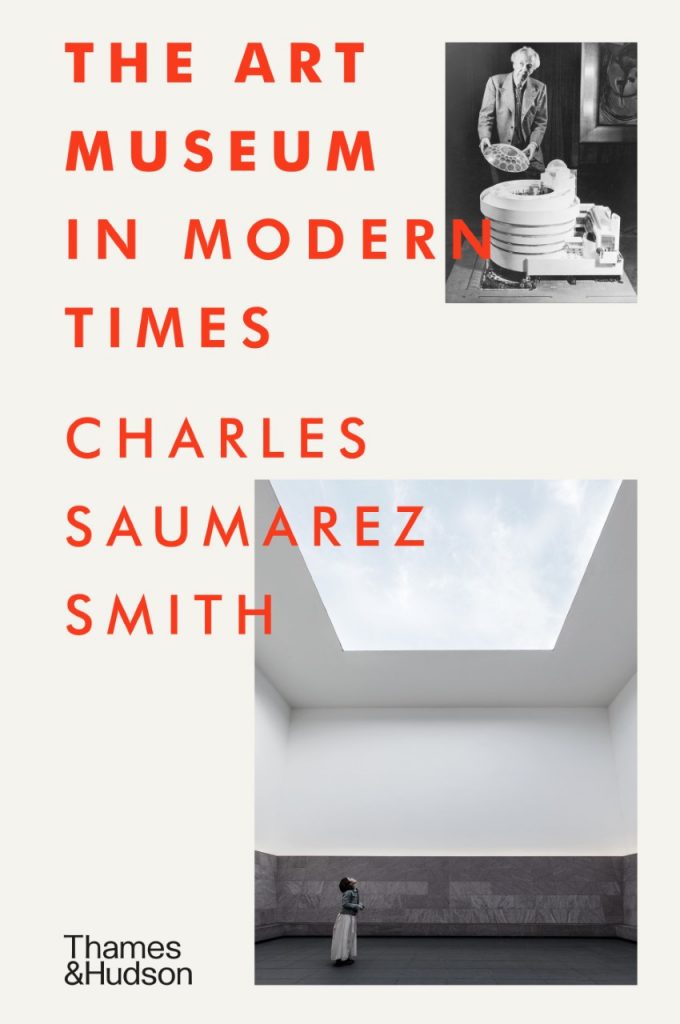Enjoy this article?
Most Museums Journal content is only available to members. Join the MA to get full access to the latest thinking and trends from across the sector, case studies and best practice advice.

One of the consequences of writing a book about the history of art museums is that it is assumed that I will have some special insight into what the future holds for the sector. In fact, I don’t know more than anyone else, but ever since I delivered the manuscript of the book in March 2020, a week after the first lockdown started, I have been trying to follow what the impact will be.
I started off not wanting to be pessimistic. I didn’t want to end my book on a note of caution and I do not want it to be viewed as a lament for the old ways of doing things. The book shows the endless capacity of art museums to reinvent themselves – to explore new ways of relating to their public, and to shift from being static institutions, dedicated to preserving objects and works of art, to being much more dynamic, more involved in contemporary culture, good at attracting new audiences and, in the case of many museums, effective at raising private funding.
There is much to look forward to. The Museum of the Home, in east London, is soon to reopen in a building totally reconfigured by Wright and Wright as part of an £18m revamp.

In the autumn, the Courtauld Institute Galleries will reopen in Somerset House, following a makeover by Witherford Watson Mann. The Museum of London is spending a whopping £377m on its new site in West Smithfield, developed by Asif Khan, working with Stanton Williams and Atelier Brückner as exhibition designers.
The National Portrait Gallery is revamping its galleries from top to bottom, while its neighbour, the National Gallery, has announced a competition to select an architect to redesign the entrance to the Sainsbury Wing and the approach from Trafalgar Square.
In Glasgow, the redevelopment of the Burrell Collection, with John McAslan + Partners as the architect, continues. And Purcell is busy working on the £13m redevelopment of Manchester Museum. So there is no lack of ambition in the sector.
But alongside these exciting new developments, there are ominous signs of stress, connected to the loss of visitor numbers during year-long closures. I am conscious that London’s Royal Academy of Arts has been particularly badly hit because of its dependence on visitors to its exhibitions for sponsorship, ticket sales and Friends’ membership, and the unwillingness of the government to help. The Victoria and Albert Museum (V&A) is dealing with the need to cut staff numbers by restructuring.

There are likely to be significant changes as a result of coronavirus. It is obvious that there will be fewer big exhibitions, which are so dependent on foreign travel and are expensive to mount. I doubt corporate sponsorship will be available in the way it was in the past.
I anticipate many more exhibitions drawn from and making use of reserve collections, such as the V&A’s Bags: Inside Out show. This is no bad thing, as it makes better use of reserve collections, instead of being dependent on international loans.
It will take a long time for visitor numbers to build back up to their former levels because of the fall in overseas tourism. Maybe people will pay more attention to collections in their own neighbourhood. Again, this will be no bad thing.
I ended my book with a quotation from museum consultant Adrian Ellis that there will be a reduction in a decades-long physical infrastructure binge. If it leads to more focus on existing collections and less on new developments, this too is not necessarily bad for the sector.
There is a need to reshape, reinvent and make better use of what is there. The problems are an opportunity to rethink.
Charles Saumarez Smith is a former president of the Museums Association and the author of The Art Museum in Modern Times
The Art Museum in Modern Times by Charles Saumarez Smith is published by Thames & Hudson, £30 hardback, ISBN: 9780500022436
Most Museums Journal content is only available to members. Join the MA to get full access to the latest thinking and trends from across the sector, case studies and best practice advice.
You must be signed in to post a comment.
David Glasser from Benuri.org support’s wholeheartedly the concept that the past year has provided a rare interregnum for museum leadership to revisit, refresh and redefine how best to grow productive and cost effective engagement with our audiences. Key is to recognise that 83% of the sector are small and medium sized – with 57% of all 3200 UK museums categorised as small with an average of 100 physical visitors a week. Ben Uri fell Into the small category and in 2018 started the seismic transformation from the standard model of the physical enhanced by a digital presence to being a digital institution enhanced by our small physical space. Our actual page turning engagement on benuri.org (the first full scale virtual museum and research centre) is averaging over 6,000 per week and growing as we expand content. We look forward to reopening on the 16th June with an important exhibition on ‘Becoming Gustav Metzger’ but fully expect digital engagement with the exhibition and programming will be some 50 times greater than the physical. Society’s future is built on digital technology and certainly for our ‘small’ but purposeful museum the future is benuri.org